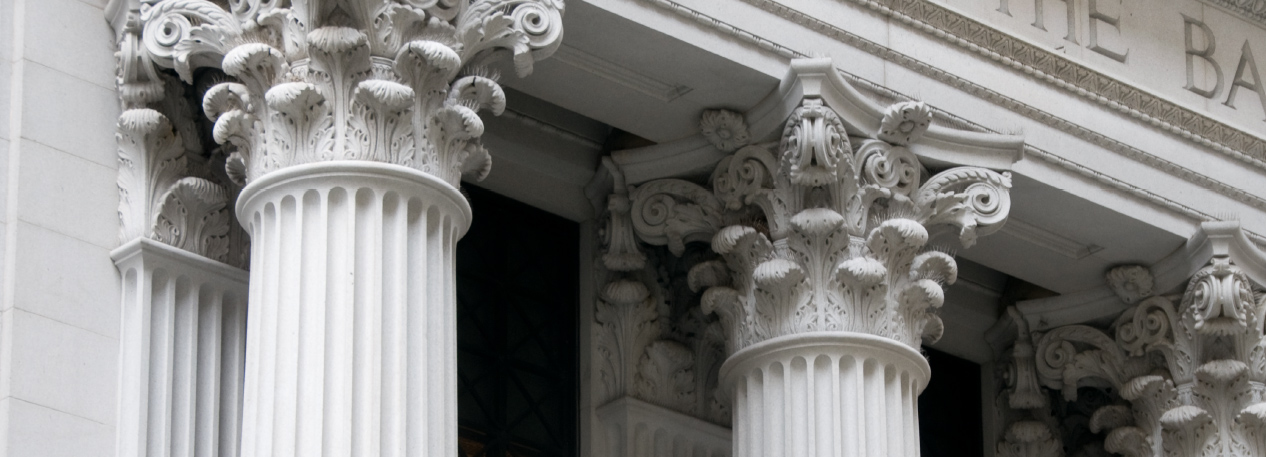During the financial crisis in 2008, the U.S. government bailed out some very large banks for fear the collapse of any bank that large would profoundly harm the U.S. economy and destabilize the global financial system.1 That is, they were too big to be allowed to fail. Passage of the Dodd–Frank Act two years later was intended to rule out future bailouts through tighter safety-and-soundness requirements, among other measures. Yet, some worry that investors may still view certain banks as “too big to fail,” a perception that would confer an arguably unfair and potentially risky funding advantage over smaller banks. If a bank’s uninsured depositors or bondholders expect to be protected against losses, they will accept lower interest rates. So, in principle, we should be able to compare the rates paid by the largest banks with those paid by smaller banks for evidence of whether Dodd–Frank was successful in eliminating markets’ bailout expectations. But as this review will explain, the many differences between large and small banks make it hard to know whether we are comparing apples with apples. We review studies that address this apples-to-apples problem and help determine whether large banks still receive what is, in effect, a government subsidy.
This article appeared in the Fourth Quarter 2016 edition of Economic Insights. Download and read the full issue.
[1]The term bailout refers to a government intervention in which the bank is kept from failing and uninsured claimants are made whole.
View the Full Article
